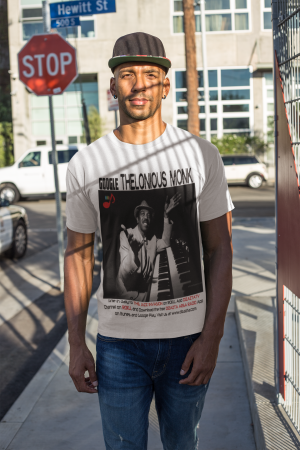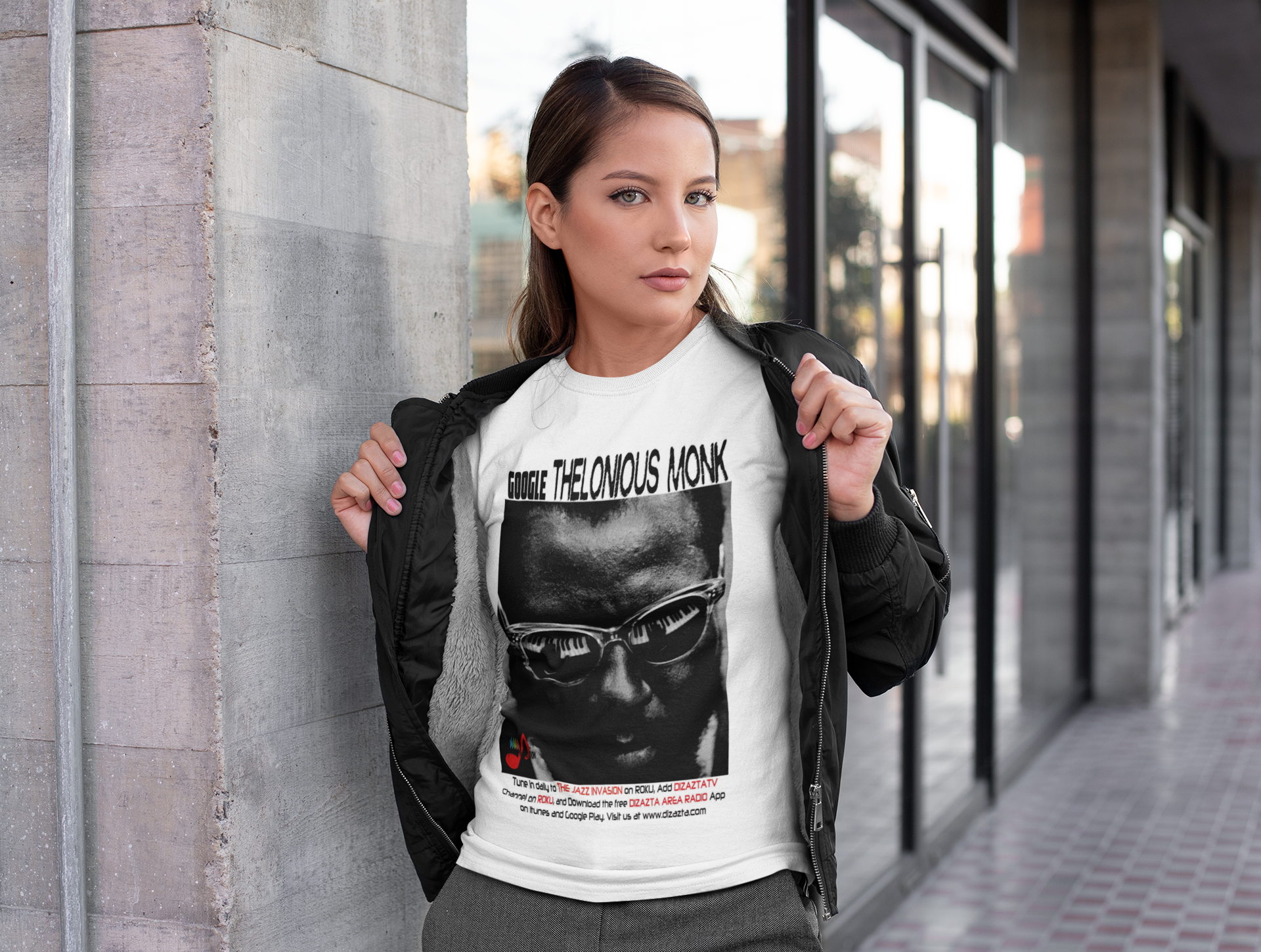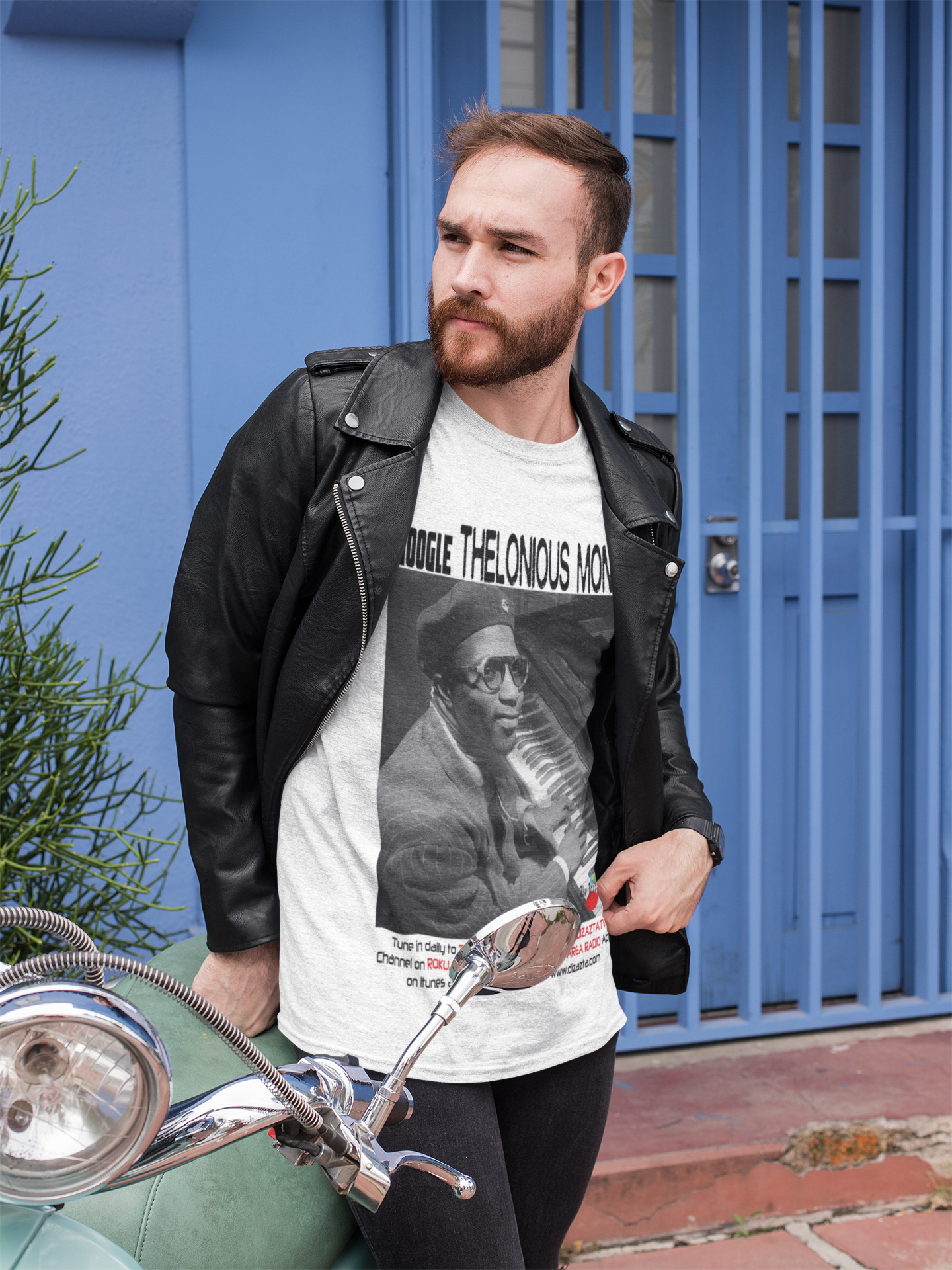Thelonious Monk
Monk started playing the piano at the age of six, taking lessons from a neighbor, Alberta Simmons, whose own performing career was cut short by raising children and who taught him stride playing in the style of Fats Waller, James P. Johnson and Eubie Blake. His mother also taught him to play some hymns, and he would sometimes accompany her singing at church. He attended Stuyvesant High School, a public school for gifted students, but did not graduate. At 17, Monk toured with an evangelist, playing the church organ, and in his late teens he began to find work playing jazz. In the early to mid-1940s, he was the house pianist at Minton's Playhouse, a Manhattan nightclub. Much of Monk's style (in the Harlem stride tradition) was developed during his time at Minton's, when he participated in after-hours cutting contests, which featured many leading jazz soloists of the time. Monk's musical work at Minton's was crucial in the formulation of bebop, which would be furthered by other artists, including Dizzy Gillespie, Charlie Christian, Kenny Clarke, Charlie Parker, and, later, Miles Davis.





























